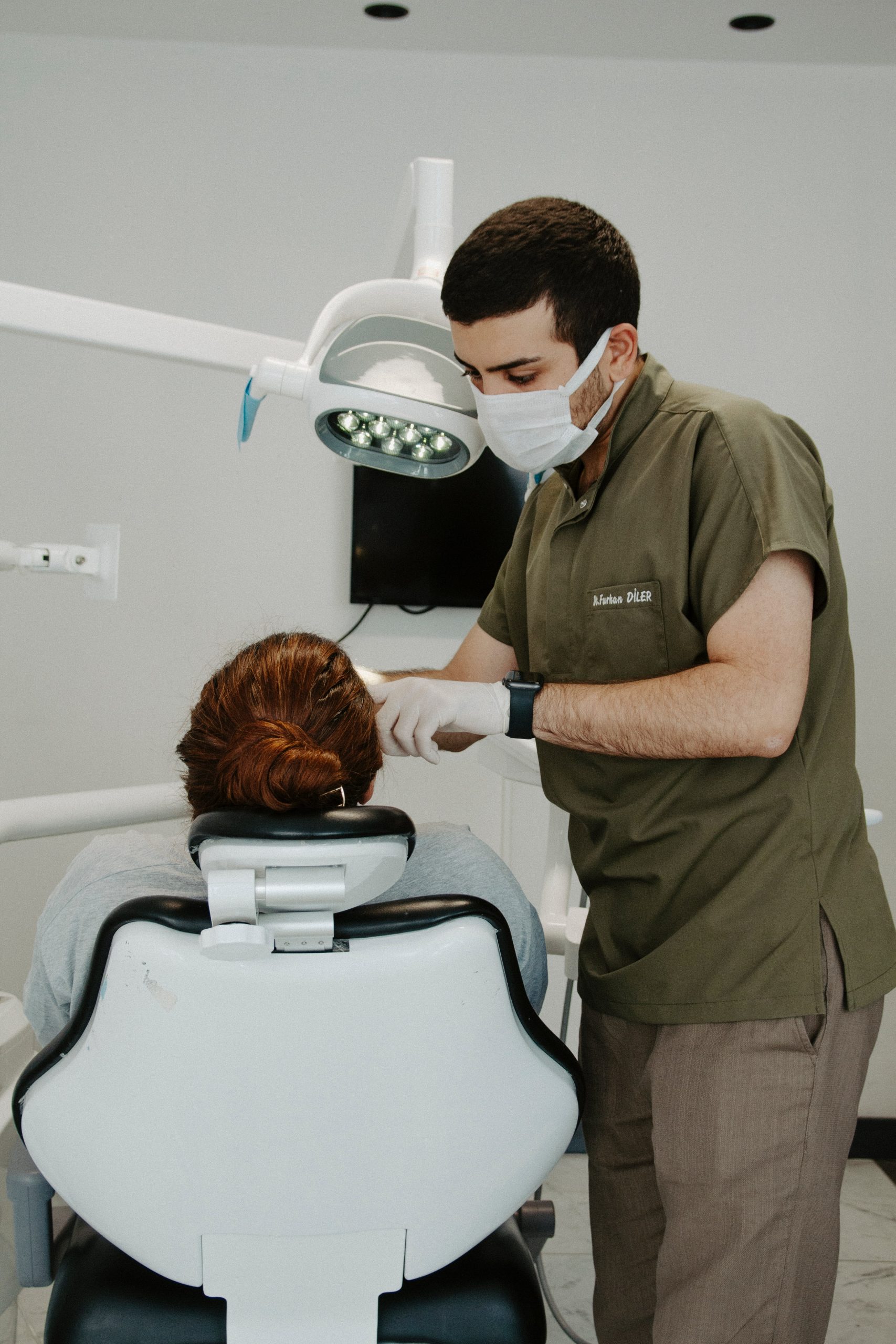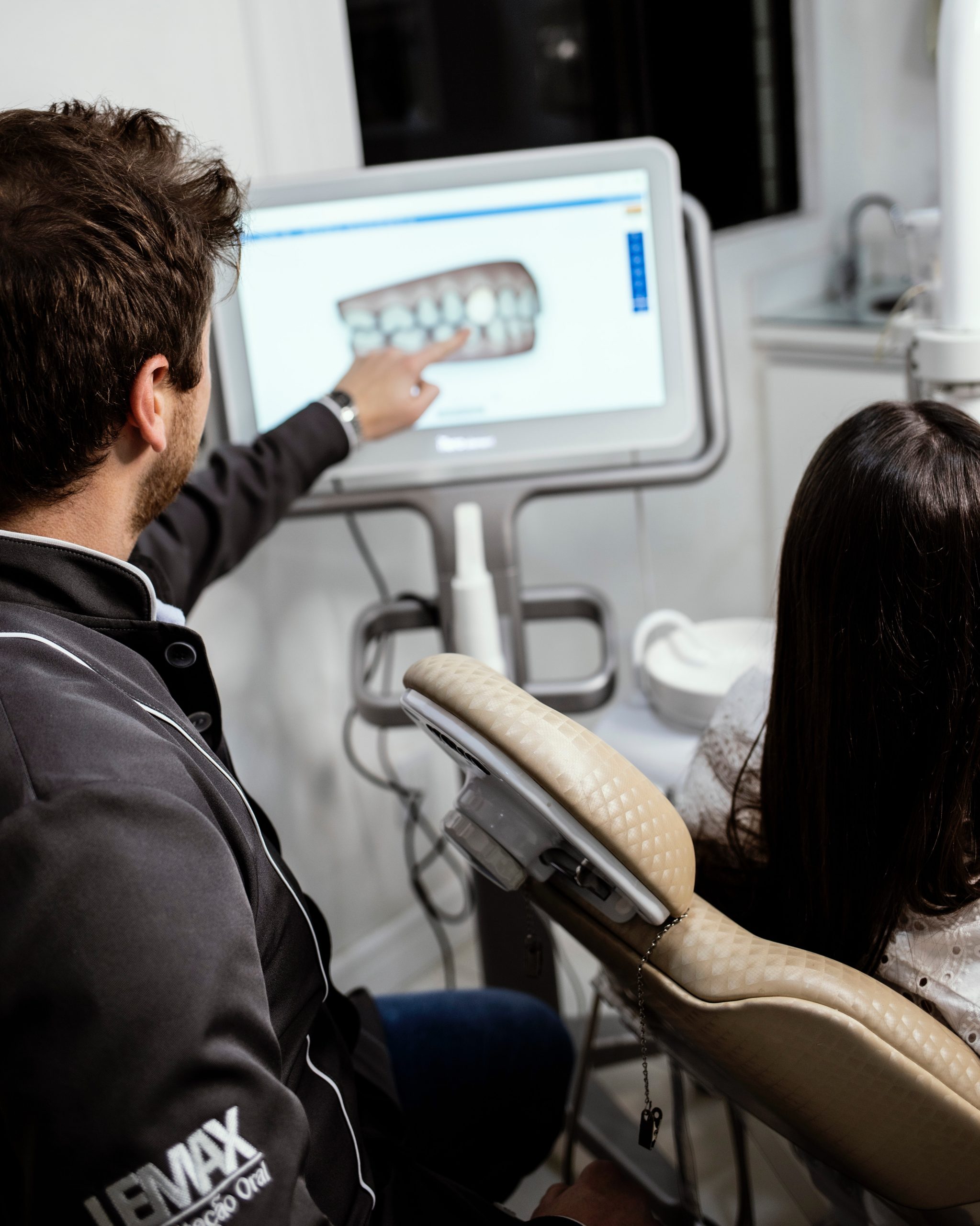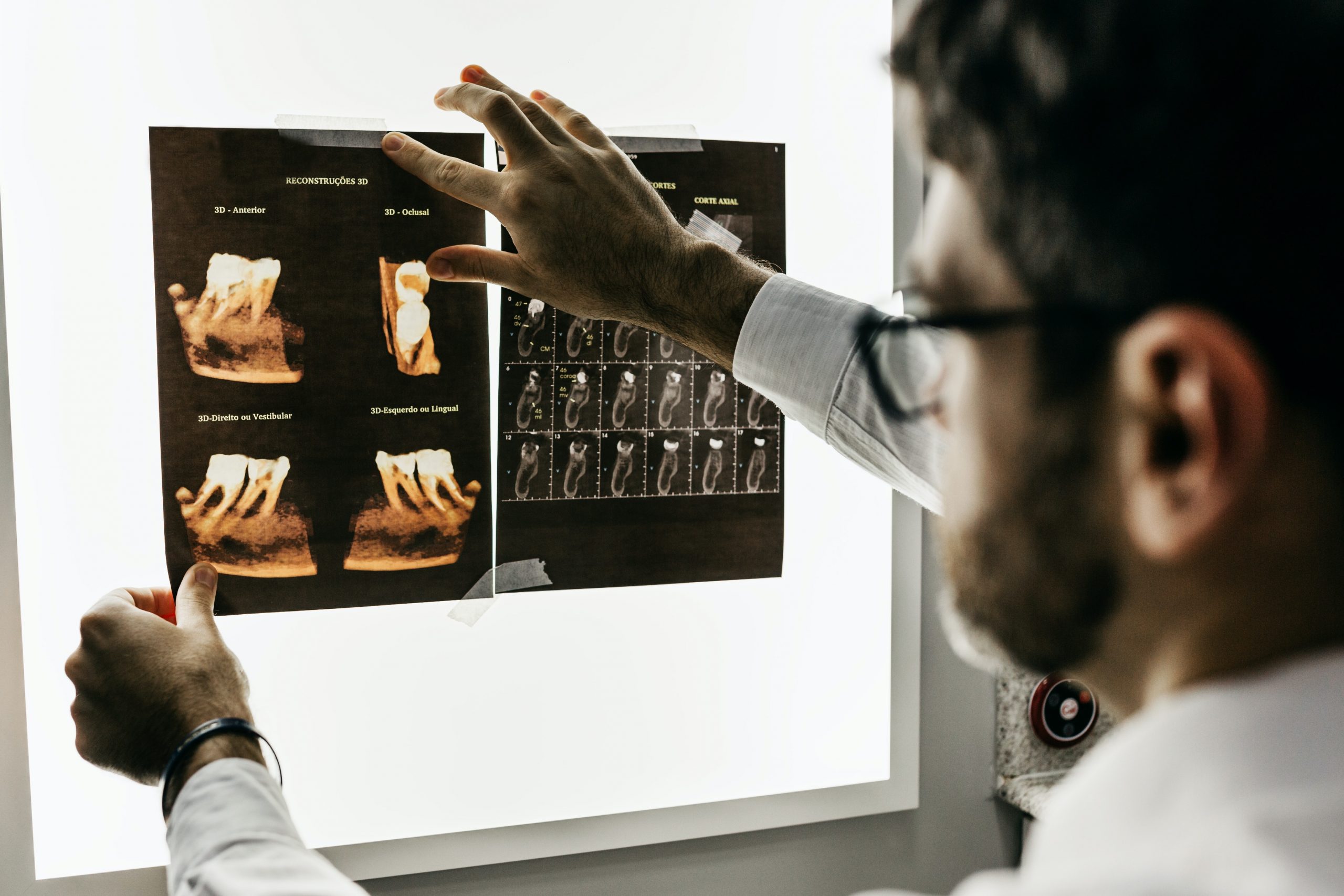
Is Bone Grafting Necessary After Tooth Extraction?
A tooth transplant is a procedure performed to increase the amount of bone in a part of the jawbone where the bone has been lost or where additional support is needed after tooth extraction.
Bone transplantation is usually done when someone has lost one or more adult teeth or has gum disease. Both conditions can result in bone loss in the jawbone.
Although unpredictable, most post-extraction alveolar ridge loss usually occurs horizontally and affects the cheekbone of the jawbone ridge.
There may also be vertical ridge height loss, which usually occurs along the buccal ridge to a lesser extent than horizontal ridge loss.
Due to this pattern of alveolar ridge resorption after tooth extraction, bone implantation in the socket after tooth extraction has become the solution to reduce hard and soft tissue loss.
Teeth Preserved with bone grafting and/or membranes lost an average of 2 mm less ridge width, and 1 mm less ridge height and had 20% more bone volume than non-augmented sockets, more sites than the mandible and most resorption of the socket process occurred in the buccal part of the process.
Although there are many types of hair transplant products on the market, it can be difficult to choose the right one.
The ideal bone substitute must be biomechanically stable; able to be dismantled in a reasonable time; have osteoconductive, osteogenic and osteo-inductive properties; and provide a favourable environment for the infiltration of blood vessels and bone-forming cells.
The graft material used should support the three principles of bone regeneration: clot stability, maintenance of the space, and blood supply/bone cell formation.
Unfortunately, many doctors assume that all transplant products are the same and choose materials based solely on price. If the bone graft material is not properly formulated, degradation may not occur and the graft may become fibrous, resulting in poor bone turnover and graft failure.
Since the bone graft is placed within the open extraction site and covered by gingival tissue, it is generally not exposed to external factors that could irritate it or cause the graft to protrude.
It is extremely important to keep the tooth extraction/bone graft area clean. Failure to do so may result in secondary infection causing pain, swelling and the need for further surgery.



